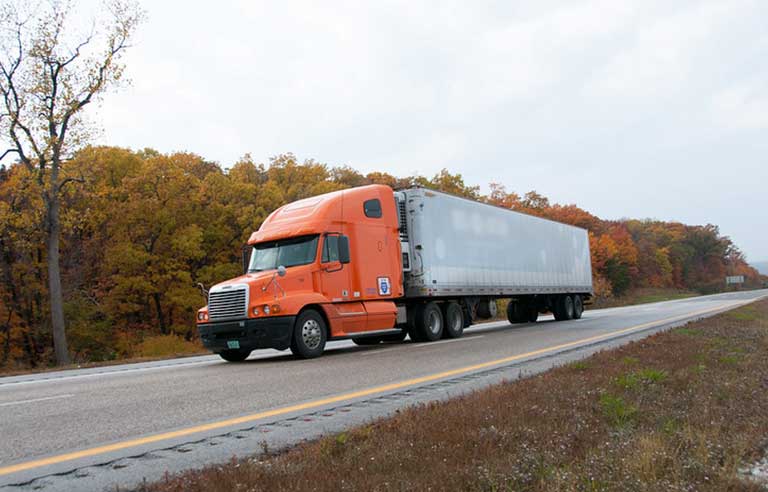
Washington — The Federal Motor Carrier Safety Administration is moving forward with – and seeking comment on – a proposed rule that would require the installation of speed-limiting devices on trucks, buses and multipurpose passenger vehicles weighing more than 26,000 pounds.
According to an advance notice of supplemental proposed rulemaking published in the May 4 Federal Register, the proposal expands upon a 2016 joint proposal from the National Highway Traffic Safety Administration and FMCSA. The latter is the sole agency listed on the proposed rule, which doesn’t specify a top speed. The 2016 proposed rule suggested capping speeds at 60, 65 or 68 mph.
FMCSA offers a number of questions on which stakeholders may comment, including:
- What percentage of the commercial motor vehicle fleet uses speed-limiting devices?
- If in use, at what maximum speed are the devices generally set?
- What training or skill sets are needed for motor carriers’ maintenance personnel to adjust or program electronic engine control units to set speed limits?
- What equipment or tools are needed to adjust or program/reprogram ECUs? How long would the process take, and where can it be completed?
- Since publication of the notice of proposed rulemaking in 2016, how has standard practice or technology changed as it relates to the ability to set speed limits using ECUs?
The American Trucking Association backs the proposed rule.
“ATA is pleased that the Federal Motor Carrier Safety Administration is pursuing a constructive, data-driven approach to the issue of truck speed limiters in its latest proposal,” ATA President and CEO Chris Spear said in a press release. “We intend to thoroughly review FMCSA’s proposal, and we look forward to working with the agency to shape a final rule that is consistent with our policy supporting the use of speed limiters in conjunction with numerous other safety technologies.”
Citing data from NHTSA’s Fatality Analysis Reporting System showing that fatal large-truck crashes involving speeding climbed around 50% from 2009 to 2019, the safety advocacy group Citizens for Reliable and Safe Highways said the rule “has the potential to save hundreds of lives every year.”
In May 2021, Reps. Lucy McBath (D-GA) and John Katko (R-NY) introduced legislation (H.R. 3523) that would require the transportation secretary to mandate speed-limiting technology in large CMVs while capping their speed at 65 mph – or 70 mph for vehicles equipped with adaptive cruise control and automatic emergency braking. The bill hasn’t advanced past the House.
The Owner-Operator Independent Drivers Association, meanwhile, contends that the bill will negatively impact safety.
“Studies and research have already proven what we were all taught long ago in driver’s ed classes, that traffic is safest when vehicles all travel at the same relative speed,” OOIDA President and CEO Todd Spencer said in a press release. “Limiting trucks to speeds below the flow of traffic increases interactions between vehicles, which can lead to more crashes.”
Comments are due June 3.
McCraren Compliance can help you understand and comply with FMCSA, USDOT and ADOT and ensure your drivers and your vehicles operate safely and efficiently.
Call us Today at 888-758-4757 or email us at info@mccrarencompliance.com to schedule your free FMCSA Compliance Assessment.


